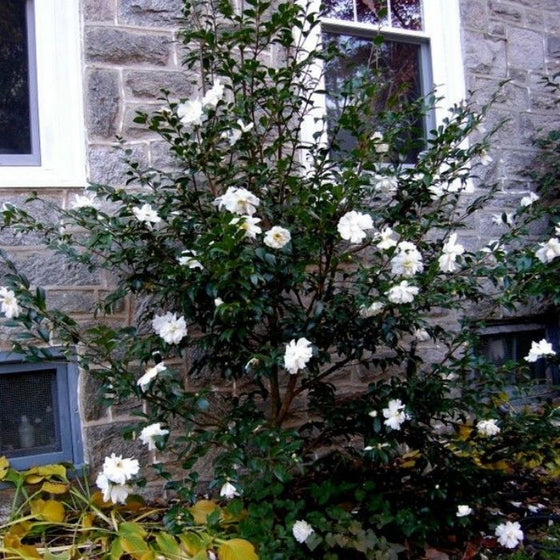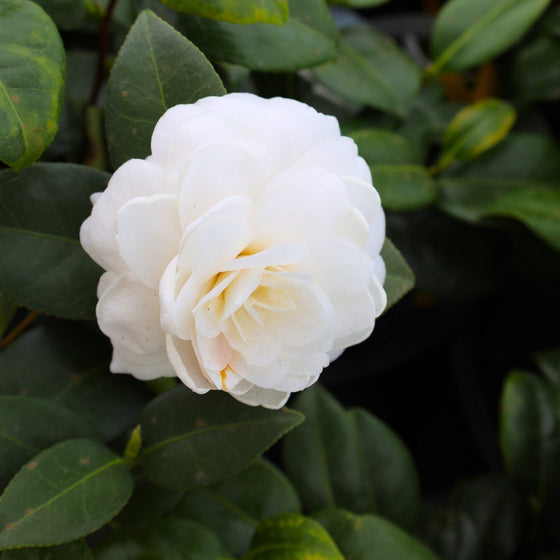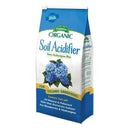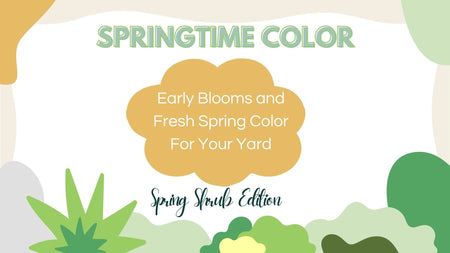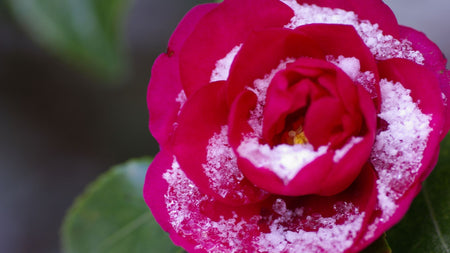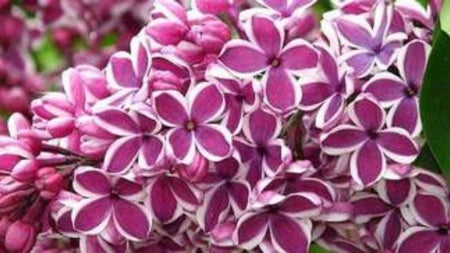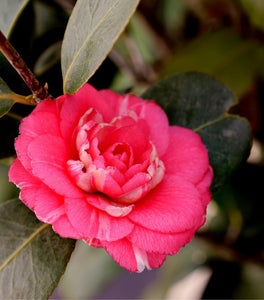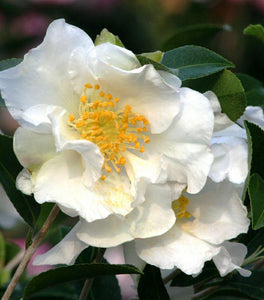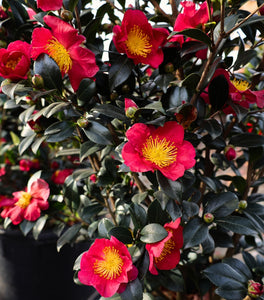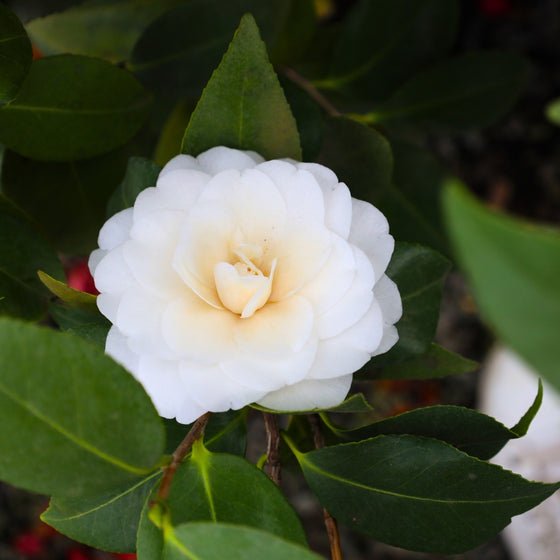
Images Depict Mature Plants
White by the Gate Camellia Shrubs for Sale Online
White by the Gate Camellia is a refined, evergreen shrub known for its stunning pure white flowers that add elegance and sophistication to any garden. The large, formal double blooms appear from late winter through early spring, creating a brilliant display against the backdrop of glossy, dark green leaves. The crisp white blossoms are perfect for brightening shady areas of the garden, and their beautifully layered petals give each flower a rose-like appearance that makes White by the Gate Camellia a timeless classic. With a mature height of 6 to 8 feet and a spread of 4 to 6 feet, this camellia is perfect as a specimen plant, a hedge, or for use in mixed borders.
White by the Gate Camellia thrives in partial shade, making it an ideal choice for brightening areas that receive filtered sunlight or morning sun and afternoon shade. The shrub performs best in well-drained, slightly acidic soil enriched with organic matter, which helps ensure healthy root development and vigorous growth. This camellia is also an excellent choice for those seeking an evergreen plant with year-round interest, as its dark green foliage remains lush and beautiful even when the shrub is not in bloom. It is also deer-resistant, meaning it can be planted in gardens with frequent deer activity without the worry of significant damage.
Whether planted as a standalone focal point, in mass plantings, or as part of a mixed evergreen hedge, White by the Gate Camellia provides a sense of classic beauty to any landscape. Its bright white blooms are perfect for creating contrast against darker foliage or other flowering plants, making it a versatile addition to garden designs. This camellia also works well in large containers, where its elegant blooms can be enjoyed up close on a patio or terrace. With its show-stopping flowers, attractive foliage, and minimal maintenance requirements, White by the Gate Camellia brings a touch of grace and lasting beauty to any outdoor space.

| Hardiness Zone: | 7-10 |
|---|---|
| Mature Height: | 6 to 8 Feet |
| Mature Width: | 4 to 5 Feet |
| Classification: | Broad leaved evergreen shrub, spring flowering |
| Sunlight: | Part sun to part shade |
| Habit: | Evergreen, densely branched |
| Flower Color: | The purest white flowers in very early spring |
| Foliage: | Dark green |
| Soil Condition: | Any well drained soil |
| Water Requirements: | Water well until established |
| Use: | Extremely attractive when used as a focal point in the mixed border, mass planting, or a specimen planting. Provides unmatched winter interest due to its flowering in the late winter |
How to Care for White by the Gate Camellia
Be sure to read our planting instructions to ensure a healthy and happy plant for years to come!
How do I plant my Camellia White by the Gate Shrub?
To plant your Camellia White by the Gate shrub, start by choosing a location with partial shade—ideally, morning sun and afternoon shade work best to protect the blooms from the intense midday heat. Camellias thrive in well-drained, slightly acidic soil, so make sure to amend the planting area with organic matter like compost or peat moss to enhance soil quality. Dig a hole that is twice as wide as the root ball and about as deep, giving the roots plenty of space to spread out. Place the shrub in the hole, ensuring that the top of the root ball is slightly above or level with the ground to avoid root rot. Backfill the hole with soil, gently firm it around the base of the plant, and then water thoroughly to settle the soil and help the roots establish. After planting your Camellia White by the Gate, apply a 2-3 inch layer of organic mulch around the base of the shrub. Mulching helps retain soil moisture, regulate temperature, and suppress weed growth, which is vital for maintaining the health of the shrub. Keep the mulch a few inches away from the trunk to prevent moisture buildup that could cause rot. If planting multiple camellias to create a hedge or mass planting, space them 4 to 6 feet apart to provide enough room for each shrub to grow to its full potential. During the first growing season, water regularly to maintain evenly moist soil and support root establishment. With proper planting and initial care, your Camellia White by the Gate will thrive, offering its beautiful white blooms and glossy evergreen foliage for years to come.
How do I water White by the Gate Camellia Shrubs?
To properly water your White by the Gate Camellia shrubs, it is essential to maintain consistent soil moisture, especially during the first year after planting when the shrub is establishing its root system. Water deeply once or twice a week, depending on weather conditions, ensuring that the water penetrates the soil to reach the root zone. The best method for watering is to use a soaker hose or water slowly at the base of the plant, allowing the soil to absorb the moisture deeply. During hot or dry periods, you may need to increase the frequency of watering to prevent the soil from drying out, as Camellias prefer evenly moist but well-drained conditions to thrive. Avoid overwatering, as standing water can lead to root rot, which can be detrimental to the plant’s health. Once established, White by the Gate Camellia shrubs become more drought-tolerant but still benefit from regular watering, especially during extended periods of heat or dryness. Apply a 2-3 inch layer of organic mulch around the base of the shrub to help retain moisture, regulate soil temperature, and reduce evaporation. Mulching also helps protect the roots from temperature extremes, which is particularly important for a healthy camellia. Make sure the mulch stays a few inches away from the trunk to prevent moisture buildup and reduce the risk of rot. Consistent, deep watering will ensure that your White by the Gate Camellia thrives, displaying its lush evergreen foliage and beautiful white double blooms during the flowering season.
How Do I Fertilize White by the Gate Camellia?
To fertilize White by the Gate Camellia, apply an acidic, slow-release fertilizer in early spring, just as new growth begins. Choose a fertilizer specifically formulated for camellias, azaleas, or rhododendrons, as these plants thrive with a slightly acidic environment. Spread the fertilizer evenly around the base of the shrub, extending it out to the drip line where the roots can effectively absorb nutrients. Avoid placing the fertilizer too close to the trunk to prevent root burn. After applying, water thoroughly to help the fertilizer dissolve and penetrate into the soil, ensuring the nutrients are available to the roots for optimal growth and bloom production. In addition to using a balanced fertilizer, incorporate organic matter such as compost or well-rotted manure around the base of your White by the Gate Camellia to improve soil quality and provide consistent nutrients throughout the growing season. It is also beneficial to monitor the soil pH, as camellias prefer a pH between 5.5 and 6.5. If necessary, add sulfur to lower the pH and create the ideal environment for nutrient uptake. Avoid over-fertilizing, as excessive feeding can lead to lush foliage at the expense of blooms. By properly fertilizing your White by the Gate Camellia, you will encourage healthy growth, deep green foliage, and the production of its stunning pure white double blooms during late winter and early spring.

How do I Prune White by the Gate Camellia?
To prune White by the Gate Camellia, it is best to do so in late winter or early spring after the flowering period has ended. This ensures that you won't remove any flower buds that develop in the prior year, allowing you to enjoy the maximum number of blooms. Begin by removing any dead, damaged, or diseased branches to maintain the overall health of the shrub. You can also thin out the center of the plant by selectively pruning some of the inner branches, which will help improve airflow and light penetration, reducing the risk of fungal diseases. Use sharp, clean pruning shears to ensure smooth cuts, which helps the plant heal quickly and minimizes stress. If your White by the Gate Camellia has grown too large or needs shaping, prune back the longer branches to maintain a balanced, bushy appearance. Avoid shearing the shrub, as this can create an unnatural, boxy look and may reduce future flowering. Instead, focus on pruning individual branches to retain the natural form of the plant. Light pruning can also be done throughout the growing season to encourage compact growth, especially if you are using the shrub as a hedge or focal point in your garden. Proper pruning will help your White by the Gate Camellia maintain its elegant shape, promote healthy growth, and ensure a stunning display of pure white double blooms year after year.

